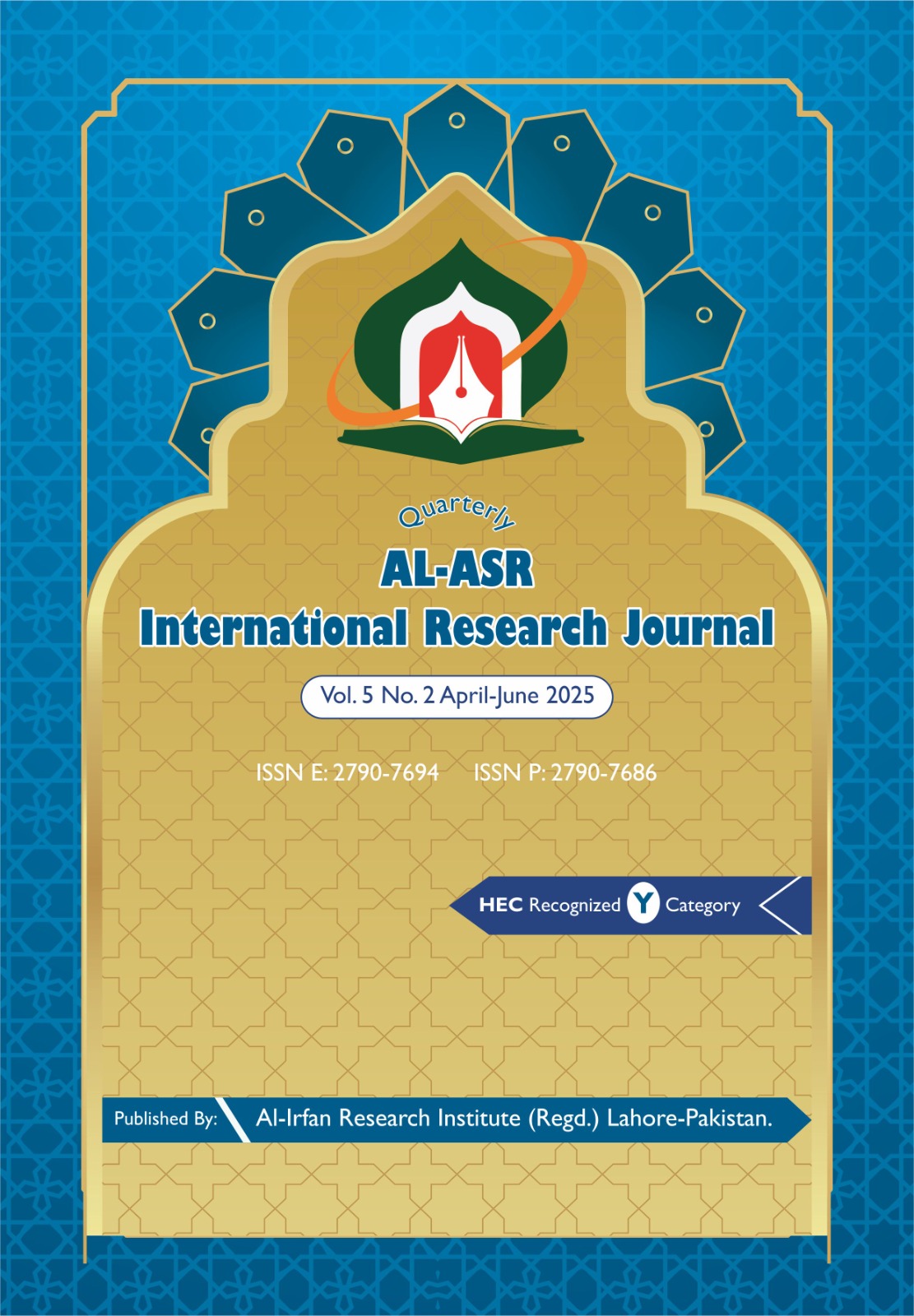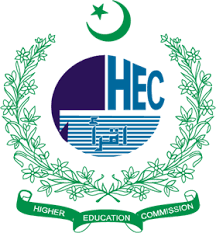Dimensions of Library and Information Science in Pakistan: A Historical Development
Abstract
This study, grounded in historical research and supported by primary and secondary sources, seeks to chart the developmental course of LIS in Pakistan. Moreover, that article examines the historical development of Library and Information Science (LIS) in Pakistan, tracing its evolution from colonial origins to the digital era seeks with different dimensions in this discipline. It examines key milestones in institutional development, academic programming, technological advancements, and professional practices. The analysis highlights the field’s steady progression despite challenges such as underfunding, limited policy support, and uneven access to educational and technological resources. In synthesizing the historical trajectory of LIS in Pakistan, this study underscores the necessity of sustained policy attention, increased investment, and strategic planning to bridge gaps between urban and rural services, public and academic libraries, and traditional and digital paradigms. The study concludes that while LIS in Pakistan has made significant strides, its future depends on continued policy reforms, investment in education, and integration of global best practices. The historical development of LIS in Pakistan reflects a gradual transition from colonial-influenced practices to a modern information science discipline.
Keywords: Dimensions, Library, Information Science, Historical Development, Pakistan









